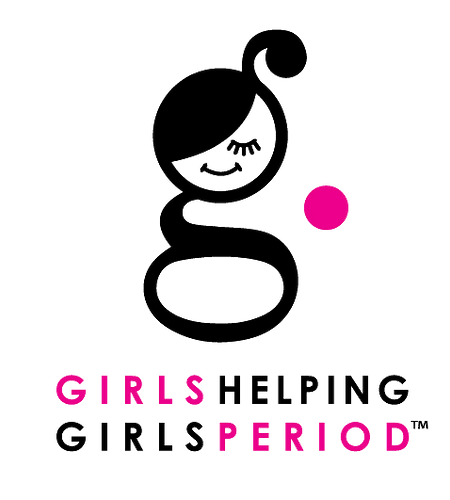Periods can be a pain – literally and figuratively. They can be a monthly hassle, but they also have a significant environmental impact. In the United States alone, it is estimated that more than 20 billion pads and tampons are discarded in landfills every year. These disposable menstrual products take hundreds of years to break down, and their production and disposal contribute to pollution and waste.
But what if there was a more sustainable solution to managing your period? Enter the menstrual cup.
What is a Menstrual Cup?
A menstrual cup is a small, flexible, medical-grade rubber or silicone cup inserted into the vagina to collect menstrual fluid. It can be worn for up to 12 hours and then emptied, washed, and reinserted. Unlike pads and tampons, designed to be used once and thrown away (single-use products), a menstrual cup can be reused for several years, making it a more eco-friendly choice.
But the environmental benefits of using a menstrual cup are just the tip of the iceberg.
5 Reasons to Consider Menstrual Cups
- Cost Effective: Pads and tampons can add up, especially if you have a heavy flow. These disposable options can cost $100 or more per person per year. A menstrual cup is a more economical choice in the long run, as it can be reused for several years before needing to be replaced. There are dozens of companies making cups, and they are available for as little as ten dollars.
- Comfort: Many women find that menstrual cups are more comfortable to wear than pads or tampons. They don’t have the bulk or irritation disposable products can cause and can be worn during physical activity without discomfort.
- Convenience: Because menstrual cups can be worn for up to 12 hours at a time, you don’t have to worry about constantly inserting and removing pads and tampons. This can be incredibly convenient when you’re on the go or don’t have easy access to a bathroom.
- Health benefits: Menstrual cups have a lower risk of toxic shock syndrome (TSS) than tampons, though none of them should be used longer than recommended. Menstrual cups do not absorb menstrual fluid and therefore do not disrupt the pH balance of the vagina. They also do not contain any chemicals or additives that can irritate the skin or cause allergic reactions. But be careful to buy from a reputable source using medical-grade silicone, not cheap substitutes. Always be sure to sterilize your cup before using it.
- Discretion: If you’re self-conscious about your period, a menstrual cup can be a more discreet option. It is not visible and does not produce any odors, so you can go about your day without any worries.
Eco-Friendly Period Products
If you’re ready to switch to a menstrual cup, it’s essential to choose a reputable brand and follow the instructions for use and cleaning carefully. With a little practice, using a menstrual cup can become a hassle-free and eco-friendly part of your monthly routine. So, why not try it and see how it can help save the planet, one period at a time.
Remember always to do your research! Menstrual cups are an excellent option for sustainable periods, but organic tampons and sustainable, reusable sanitary pads are also available. You must always find the best option for you and your needs while being environmentally friendly.



